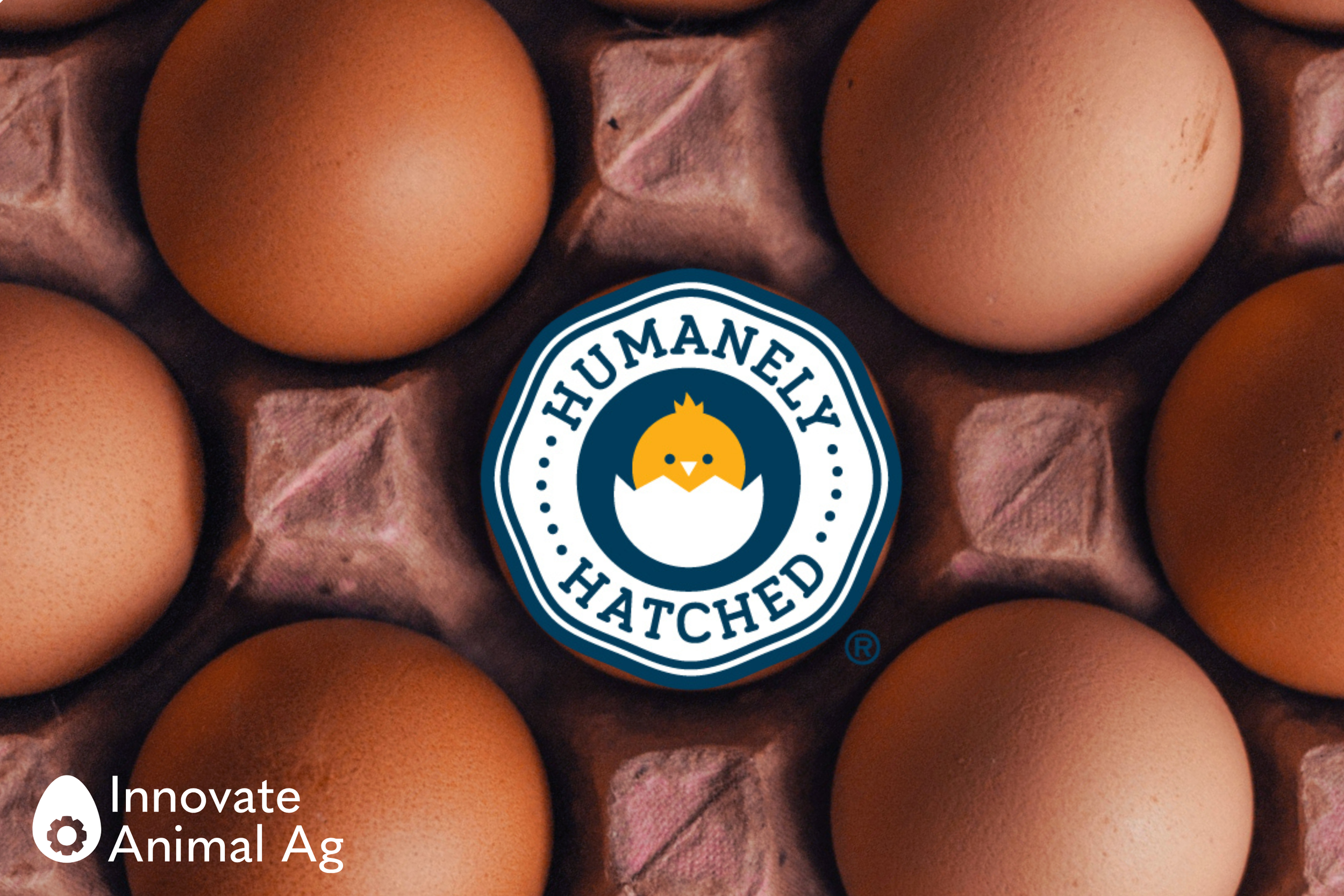
In-Ovo Sexing Brazilian Consumer Survey
Some highlights from the survey:
79% of Brazilian egg buyers expressed interest in purchasing eggs produced with in-ovo sexing technology, with 47% indicating they would be "extremely" or "very" interested, and 32% reporting being "slightly" interested.
76% of consumers were willing to pay a premium for eggs produced with in-ovo sexing technology. On average, egg buyers would pay R$3.87 more per dozen of eggs, equivalent to $0.67 USD. 36% of consumers were willing to pay more than R$5.00 (or $0.88 USD) extra per dozen.
73% of consumers expressed discomfort with the practice of culling male chicks, and 76% believe the industry should find an alternative approach.
86% of consumers were unaware that in-ovo sexing technology exists, but when informed, 72% of consumers believe that the industry should adopt the technology instead of culling male chicks.
A recent consumer survey commissioned by Innovate Animal Ag reveals strong Brazilian market demand for eggs produced using in-ovo sexing technology. The results indicate that egg producers who adopt this technology will find a consumer base willing and eager to pay premium prices.
The survey, conducted by YouGov from December 20-30th, 2024, sampled 1,553 Brazilian consumers who were responsible for at least 50% of their household grocery purchases.
The Business Case
While there can be challenges extrapolating from self-reported willingness-to-pay surveys, the data indicate a surprisingly strong business case in the immediate term for Brazilian egg producers looking to deepen their brand relationship with consumers.
76% of consumers were willing to pay a premium for eggs produced with in-ovo sexing technology.
36% of consumers were willing to pay more than R$5.00 ($0.88 USD) extra per dozen, over 14 times the added cost for brown layers and more than 6 times the cost for white layers.
The survey also reveals a significant knowledge gap among Brazilian consumers regarding male chick culling–nearly half incorrectly believe male chicks are raised for meat, and only 7% are aware of the current culling practice. However, this low awareness presents an opportunity for specialty brands to deepen their connection with existing consumers and expand their consumer base. International data suggests that as awareness grows through product introduction and marketing, consumer demand will strengthen further, particularly given the strong ethical concerns expressed by consumers who understand and resonate with the issue.
The production costs for in-ovo sexing are significantly lower than consumers’ willingness to pay. It costs: approximately 27 BRL cents per dozen for brown layers and 66 BRL cents for white layers, assuming 400 eggs per hen and a USD/BRL exchange rate of 6.00. Every consumer who expressed willingness to pay a premium indicated they would pay more than these production costs, suggesting significant potential margin improvements for producers who bring this product to market. The average consumer's willingness to pay is 14 times the added cost for brown layers and more than 6 times the cost for white layers.
Wealthier consumers, who traditionally drive the specialty egg market, show especially strong interest in this technology. Among these consumers, 70% report being "very" or "extremely" excited about purchasing these eggs, compared to 48% of the general population. Furthermore, 23% of these higher-income consumers indicate willingness to pay R$10.00 or more per dozen, representing a significant opportunity for a value-added product.
Forward-thinking egg producers should recognize that beyond addressing ethical concerns, in-ovo sexing technology presents an opportunity to create a new premium market segment that is significantly more accessible than current cage-free options. The combination of strong consumer interest, manageable production costs, and substantial willingness to pay suggests a promising market opportunity for Brazilian egg producers.








